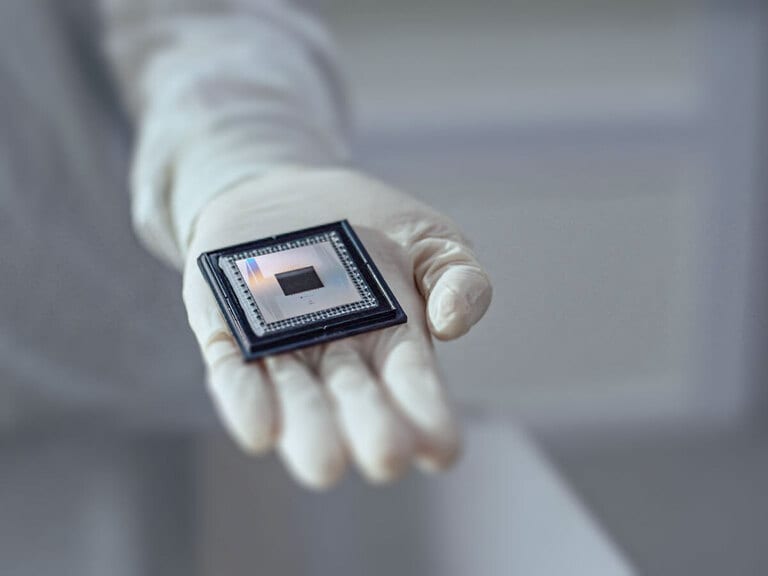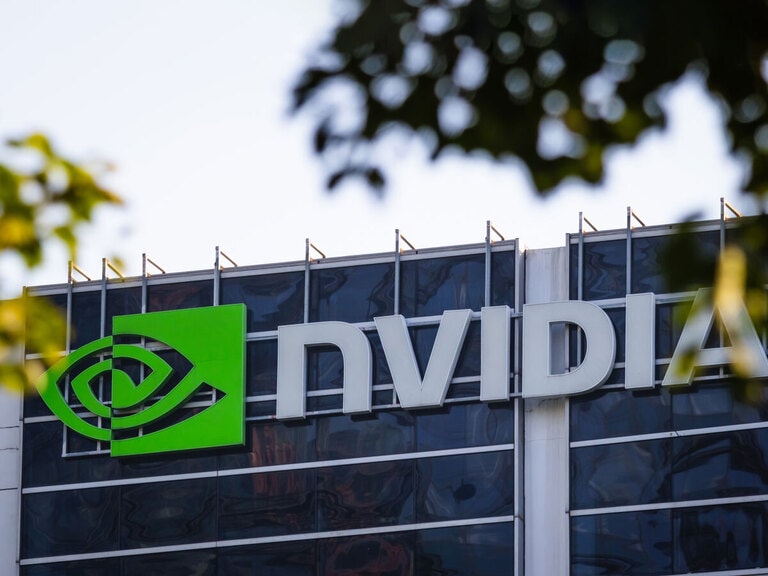Though it is still down almost 30% year-to-date, the ROBO Global Healthcare Technology and Innovation ETF has reversed some of its losses in recent months, suggesting there may be more room for upside in the healthcare space.
The ROBO Global Healthcare Technology and Innovation ETF [HTEC] has had a volatile performance so far this year amid a pullback in healthcare stocks. The fund closed at $31.42 on 9 September, managing a modest rise of 3.1% over the past three months. However, it has fallen 27.9% year-to-date amid rising inflationary pressures and economic uncertainty.
ROBO Global’s Healthcare Technology and Innovation ETF tracks an index of 50–100 digital healthcare-focused companies as part of its robotics automation and artificial intelligence investment strategies. Its holdings include life science companies that conduct research for pioneering new medical treatments and offer technological tools and software for the healthcare sector.
The ETF was launched in 2019 and its market price has grown 6.4% since its inception. The fund reached an all-time high in February 2021, when it hit lofty heights of $50.05, as companies received a boost from the coronavirus pandemic’s increased public focus on healthcare. However, the fund has followed an extended downward spiral since then.
Top holdings boost HTEC ETF
The biggest holding in the ROBO Global Healthcare Technology and Innovation ETF is US biotechnology research company Alnylam Pharmaceuticals [ALNY], which has a 2.51% weighting. The stock was recently given a ‘moderate buy’ rating by 19 analysts polled by MarketBeat. Over the past three months, the stock is up 60.2%, helped by recent promising trial results.
On 3 August, the company held a conference call announcing the success its APOLLO-B phase III trial into patisiran, a RNAi treatment for a genetic heart condition. The share price closed 49.3% higher that day, and more good news has followed as the company detailed the findings of the trial on 8 September.
The fund’s second biggest holding is STAAR Surgical [STAA], with a weighting of 2.19%. The eye lens specialist beat analyst forecasts earlier this year at its quarterly earnings in August, delivering earnings per share of $0.42, almost double the anticipated $0.23. STAA also has a rating of ‘moderate buy’ at MarketBeat, and its share price has rallied 32.4% over the past three months.
Twist Bioscience [TWST] (2.14%), Guardant Health [GH] (2.12%) and Natera [NTRA] (2.11%) complete the fund’s top five holdings. The three stocks are up 39.6%, 40.5% and 36.1%, respectively, in the past three months.
Strong outlook for healthcare sector
Healthcare is a necessity, and therefore a defensive growth sector, so for many investors the sector remains attractive during difficult times and may be somewhat recession-proof.
A 2021 BlackRock report showed the global healthcare sector, represented by the Russell 3000 HealthCare Index, grew 19.8% in 2021, despite volatile market conditions.
Josef Licsauer, an investment analyst at Hargreaves Lansdown, wrote in a note in August: “The sector tends to hold up well in periods of uncertainty – someone who falls ill will need treatment regardless of how well the economy’s doing.” He noted, in the past 10 years, the sector had returned an “impressive 318.74% versus the global stock market’s return of 238.55%”.
However, Licsauer acknowledged recent performance had been mixed, citing early pandemic tailwinds giving way to pressures on healthcare globally. “The sector sold off due to rising interest rates, which particularly impacted earlier stage biotechnology companies,” he added. Licsauer said the move from growth to value stocks and the Ukraine-Russia war had “also put pressure on the sector”.
Continue reading for FREE
- Includes free newsletter updates, unsubscribe anytime. Privacy policy





